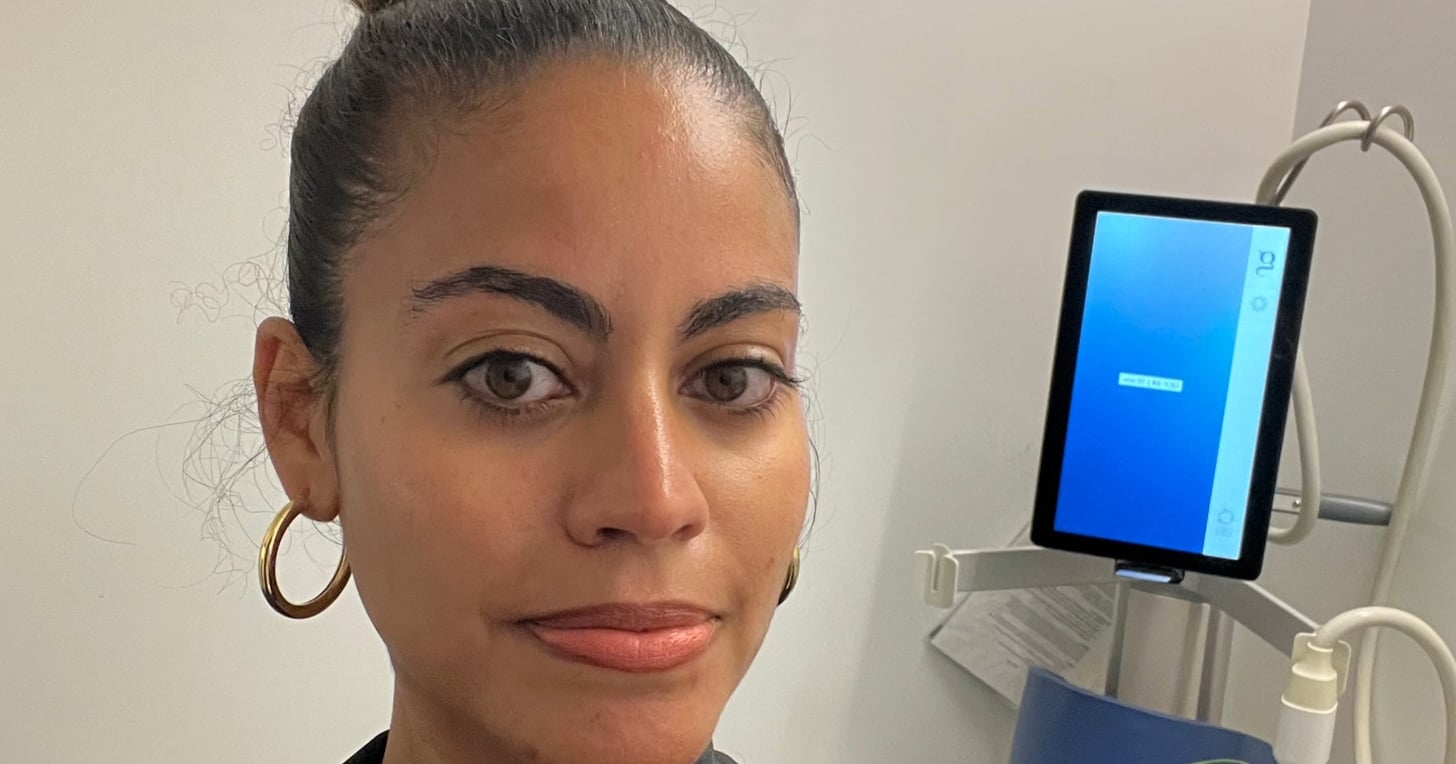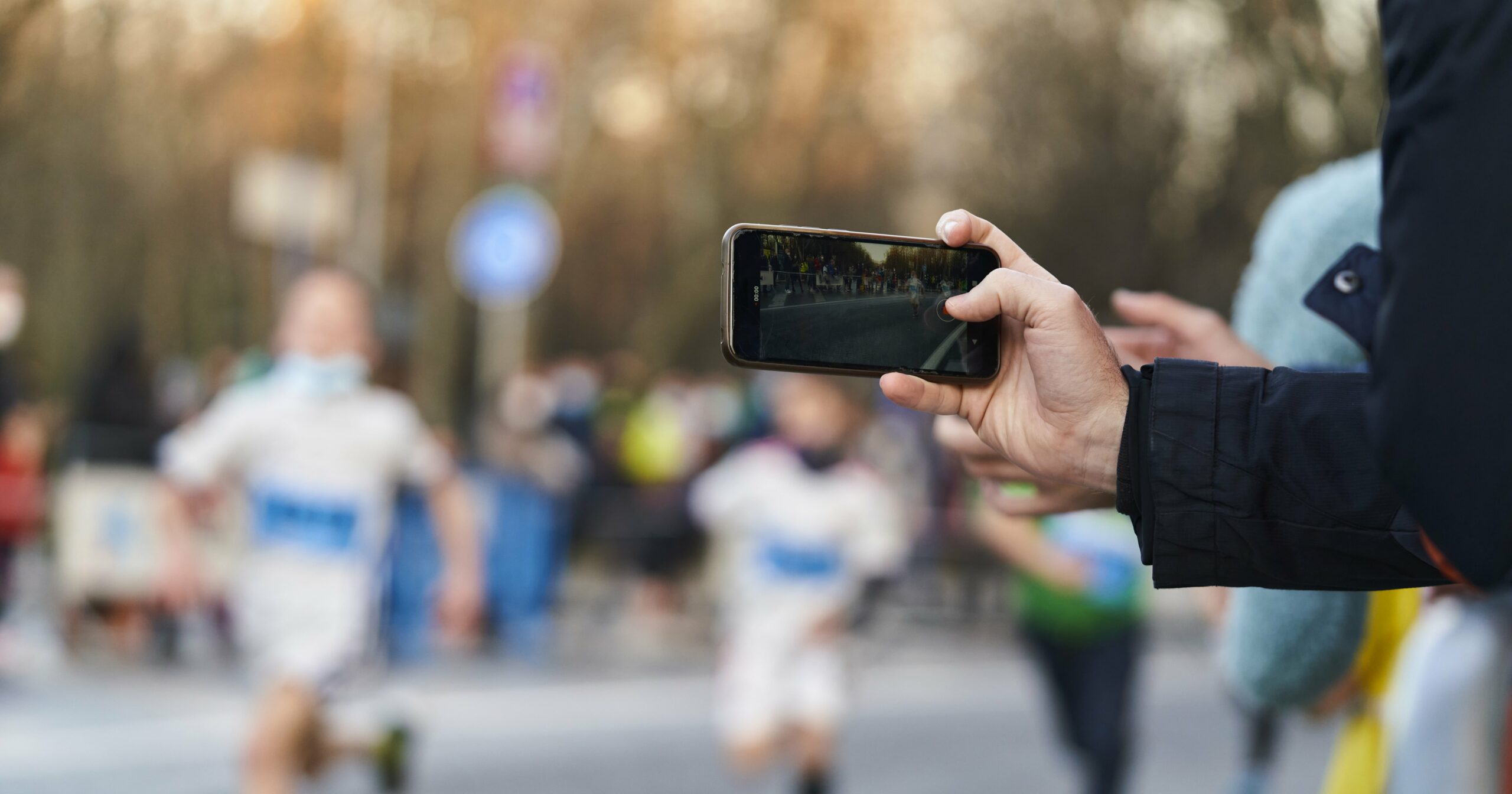Some day soon, bopping phones against a terminal may be as over as using pagers and fax machines, at least if Amazon has its way. Because on Thursday, the mammoth e-comm empire made it easier for consumers to register for contactless payments using its new Amazon One mobile app. This is the clearest sign yet that it wants to usher in a new era of wave-to-pay action.
The magic behind this system is Amazon One’s palm-scanning tech, which allows shoppers to pay for goods with air high-fives instead of phones or wallets. It sounds pretty futuristic. Too bad it was saddled with a sign-up process that required people to register in person, which was so very last decade.
Not anymore. As Amazon explained in its announcement, “Until today, customers had to visit a physical location to hover their palm over an Amazon One device to sign up for the service. Now, they can sign up for Amazon One from home, work or on-the-go via the Amazon One app, available from the Apple App Store or Google Play Store.” The app allows people to sign up by taking a photo of their palms and submitting it.
Immediately, the change affects the company’s own stores like Whole Foods and its other brick-and-mortars — which, as of November, no longer includes its erstwhile apparel stores in L.A. and Columbus, Ohio. But Amazon One also serves third-party physical retailers, potentially opening up palm payments to other places that partner with Amazon, like Panera Bread, airport locations, convenience stores and stadiums (which are used to lots of high-fiving anyway).
Seeing Amazon’s strategy, rivals like Apple may tempted to fall into a “Mean Girls” moment. If the iPhone-maker thinks, “Stop trying to make fetch/wave-to-pay happen,” it should remember that Apple Pay didn’t popularize phone-based payments in stores right away either.
Apple’s payments platform launched in 2014 with about 4 percent of U.S. retailers signed on. That’s a solid start, but nothing like the 85 percent-plus retail traction it has today — a large roster of stores that include Aeropostale, Adidas, American Eagle Outfitters, Anthropologie, Barneys New York, Bloomingdale’s, Forever 21, J. Crew, Kohl’s, Levi’s, Macy’s, Old Navy, Sephora, Ulta Beauty and many, many more.
Biometric security, which relies on physicality such as fingerprints, palm prints and eye scans for authentication, has become quite good and is very convenient. It is also very locked down, as a general rule, which should ease some minds, especially if it’s poised to go big. Like all tech, however, it isn’t perfect — even cybersecurity experts acknowledge that there’s no such thing as hackproof.
That’s important stuff to ponder. Because changing a password is much easier than changing a palm print.



